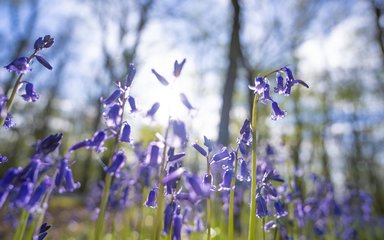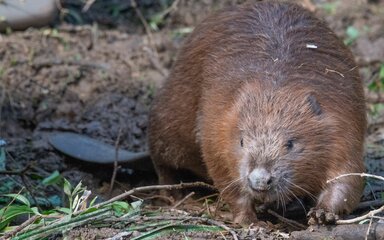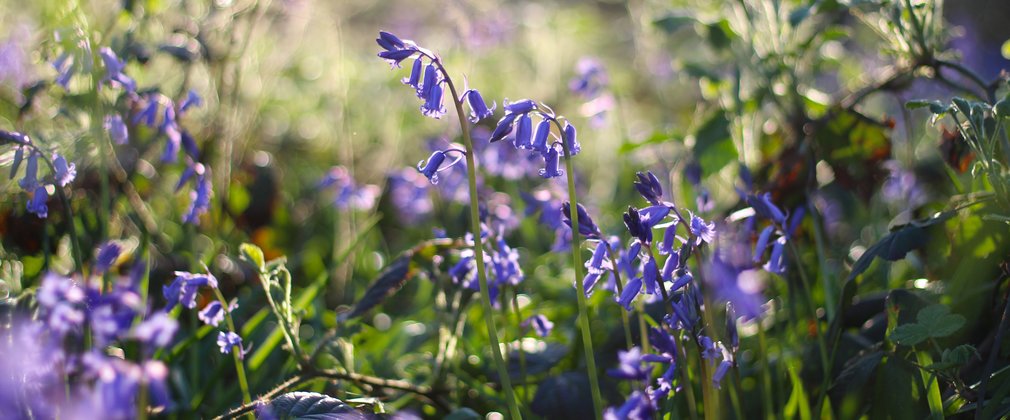
As we emerge from winter into the longer, brighter days of spring, the nation's forests provide a feast for your senses. Head outside in the sunshine and explore the sights, sounds and smells of spring bringing new life. Read on to discover some of the top things to look out for on your spring adventures in the forest.
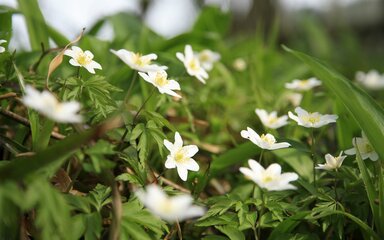
Bright flora
Woodlands are glorious in the spring. A riot of colour spreads a blanket of wildflowers across the forest floor, including primrose, lesser celandine, wood anemone and bluebells.
Among the earliest woodland flowers are wood anemones. They create a carpet of white stars across areas the ground, which look every bit as beautiful as the sea of bluebells that comes later. They really are cheerful too, with the flowers turning their heads to follow the sun! Wood anemones spread through roots rather than seed, so are a good indicator of ancient woodland.
Later in spring, another ancient woodland indicator covers the forest floor - native bluebells. The sweetly-scented bell-shaped flowers droop off of delicate stalks further into the season.
What's that smell?
Take a deep breath and fill your nostrils with the heady smell of wild garlic.
Green foliage and sprays of tiny white flowers mark this wonderful plant, also known as ramsons, which can be found in woodlands across the country.
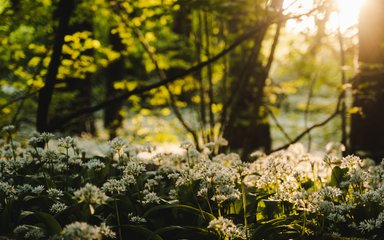
Stay connected to the forest with our monthly newsletter
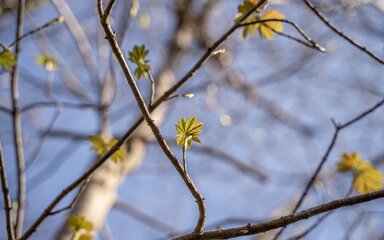
New buds on trees
Tree buds remain dormant throughout winter, but the spring sunlight triggers the ‘budbreak’. Buds contain a cell that is sensitive to light, so as the days get brighter and longer it detects when there is enough daylight for the leaves to survive.
The leaves which poke through contain a green pigment called chlorophyll. Chlorophyll helps trees to absorb the energy of the sunlight, changing carbon dioxide and water into sugars which 'feed' the tree.
Wildlife emerges
Bumblebees begin their buzzing in spring, as the queens emerge from hibernation in March and April on their search for nectar.
Butterflies to look out for in spring are the brimstone, comma, peacock, small tortoiseshell and red admiral. These species overwinter as adults, so you may spot them fluttering about in woodlands in early spring.
Ponds fill with frogs looking to mate and lay frogspawn in the spring months. These jelly-like eggs are connected in clumps, and contain the beginnings of new life.
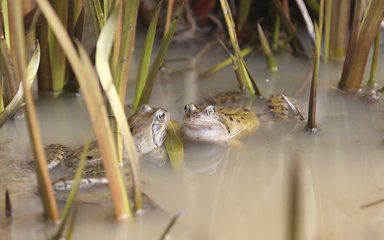
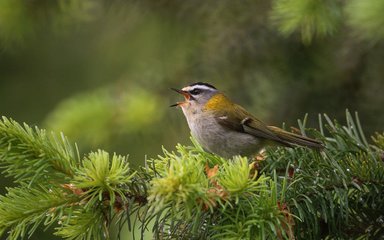
Listen up
Close your eyes in your favourite forest and listen to the canopy above you. How many different calls can you hear? Chiffchaffs are a tell-tale sign of spring, arriving with their "chiff-chaff chiff-chaff" call.
The sound of the dawn chorus is a real joy of spring. Peaking in May, birds will sing loudly to defend their territory and attract a mate in the breeding season. The best time to enjoy this phenomenon in all its glory is before sunrise on a clear day with low winds.


